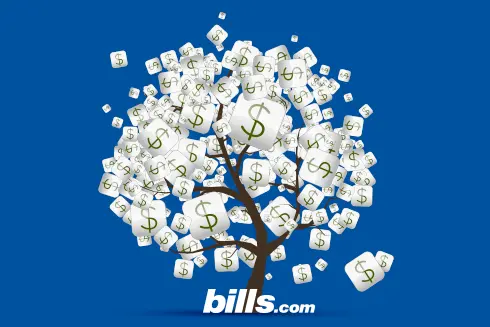Save Money Through the IRS' Fresh Start Program

Get rid of your debt faster with debt relief
Choose your debt amount
Or speak to a debt consultant 844-731-0836
- 3 min read
- You can now set up a Streamlined Installment Agreement with $50,000 in IRS debt.
- More expenses are recognized by the IRS, when determining your ability to pay.
- The IRS relaxed its standards for determining your future income and ability to pay.
- Start your FREE debt assessment
Avoid Penalties or Reduce Your Debt through IRS' Fresh Start
Owing the Internal Revenue Service became slightly less painful. The IRS has loosened the rules for people who are struggling to pay their taxes. The goal is to make it easier for individuals and small businesses to pay back taxes and to avoid IRS tax liens. The IRS' new rules are part of its "Fresh Start" program.
If you qualify, the "Fresh Start" can help you with IRS tax forgiveness, a reduction in IRS tax penalties, and a reduction in the amount of paperwork you need to provide the IRS.
Quick tip
If you are struggling with IRS tax debt, get a no-cost, no obligation analysis of your options from one of Bills.com's pre-screened tax specialists.
The most important parts of the new "Fresh Start" program apply to IRS Installment Agreements and the Offer in Compromise program.
- Installment Agreements: An installment agreement gives taxpayers who the IRS and are unable to pay their debt the option of repaying the debt over time. The "Fresh Start" program has made it easier for taxpayers to qualify for a Streamlined Installment Agreement (SIA). In order to qualify for the "Fresh Start" SIA, you must set up a monthly direct debit payment through the IRS' Online Payment Agreement system and have all your tax returns filed up-top-date.
- Owe $50,000 or less- You can now qualify for a Streamlined Installment Agreement if you owe as much as $50,000. Under the old rules, you could not owe more than $25,000. The main advantages of an SIA are that:
- You pay less in penalties. Interest continues to accrue on your debt, but the late-pay penalty is reduced.
- You don't have to submit your full financial information to the IRS in order to qualify
- You have six years to repay your tax debt, when it used to be that you only had five.
- Owe $50,000 or more- If your IRS tax debt is more than $50,000, you are required to submit an IRS Collection Information Statement (IRS Form 433-A or IRS Form 433-F). If your IRS tax debt is greater than $50,000, you have the option to pay down your tax debt to $50,000, so you qualify for the SIA.
- Owe $50,000 or less- You can now qualify for a Streamlined Installment Agreement if you owe as much as $50,000. Under the old rules, you could not owe more than $25,000. The main advantages of an SIA are that:
- Offer in Compromise: The Offer in Compromise (OIC) is program that allows you to settle your tax debt for less than you owe, if you can prove to the IRS that you can't afford to pay back the debt. The "Fresh Start" has relaxed the rules for qualifying for an OIC, expanding the number of taxpayers who are eligible to qualify.
- Future Income- The IRS will now look at two years of future income for most OICs, instead of calculating projected future income over the entire time remaining to collect on the tax debt, which could have been as long as 10 years.
- Federal Student Loans- You can now have the monthly payment you make on your federal student loans counted as part of your monthly allowable living expenses, as long as you can supply proof that you are making the payment.
- Delinquent State and Local Taxes- Your monthly payment to repay delinquent state or local taxes may be recognized as an allowable living expense.
- Credit Card Payments- The IRS National Standards for miscellaneous expenses that are allowed has been expanded to cover credit card payments. Previously, nothing that you paid for a credit card payment was considered an allowable expense.

Get rid of your debt faster with debt relief
Take the first step towards a debt-free life with personalized debt reduction strategies.
Choose your debt amount
Or speak to a debt consultant 844-731-0836